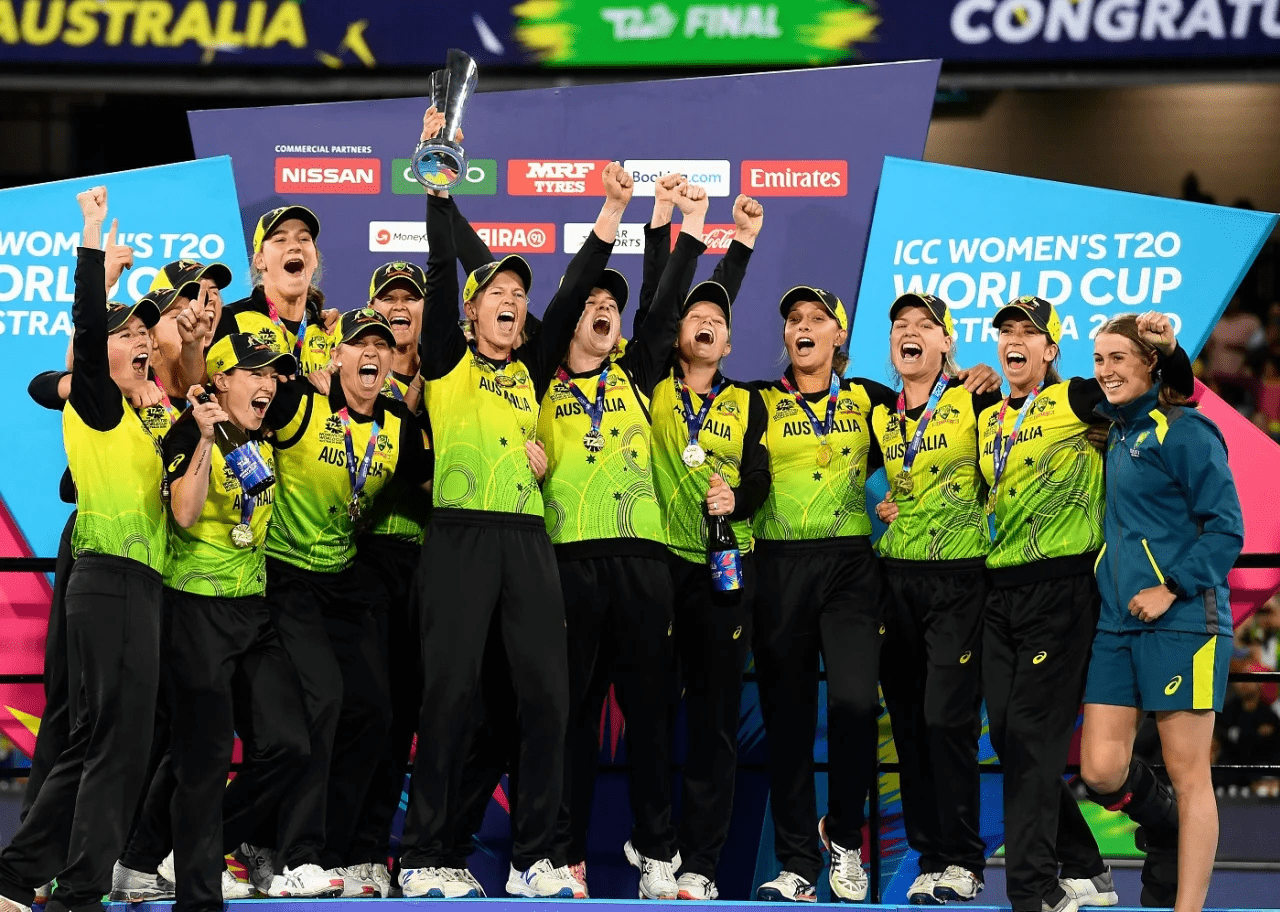England Women secured a 65-run victory against Pakistan Women, sealing a 2-0 lead in the women’s T20I series in a commanding performance at Wantage Road.
A strong showing with the ball guarantees that the first innings’ 144 for 6 is sufficient for a 2-0 series advantage.

Pakistan 79 (Riaz 19, Ecclestone 3-11, Capsey 2-4) lost to England 144 for 6 (Sciver-Brunt 31, Capsey 31, Dar 2-33) by 65 runs.
With an unthreatening 2-0 lead over Pakistan, England cruised to a 65-run victory in Northampton thanks to a methodical, decisive display both in the field and with the ball. Similar to the first Twenty20 International, Sarah Glenn led her team with two wickets after taking four last Saturday, slicing through Pakistan’s middle order to leave the visitors, who crumbled again at the bat, adrift.
Several bowlers contributed, including Sophie Ecclestone, who with her three wickets became the highest WT20I wicket-taker for England, Charlie Dean, Lauren Bell, Alice Capsey, and others. It happened during yet another lackluster batting display from Pakistan, whose occasional bursts of brilliance failed to cover the gaps left by their inconsistent play. Nida Dar’s side eventually folded weakly for 79, and the chase of 145 never really got going.
After the first innings, Pakistan had plenty to be optimistic about. After a brilliant powerplay by the hosts, they drew England back, taking wickets at regular intervals to impede English progress wherever they could. Although the surface wasn’t quite as advantageous to bat on as Edgbaston’s, England made sure most of their batsmen contributed, with five of the top seven scoring between 15 and 31.
England reached 144 because to a late burst from Dani Gibson, and although at the time it appeared to be a vulnerable mark, their dominance in the second innings showed it was anything but.
England’s aggressive start gave them a buffer that would be useful in the end in a game that ended with few goals. Maia Bouchier punished Waheeda Akhtar for being too straight with the first ball by flicking it for four, which started the powerplay early. In the same over, there was another slap past point that went for four, punishing Sadia Malik’s width with a drive through the covers.
Capsey, on the other hand, had a stolid start, scoring only two of the first nine. But in the fifth over, she unleashed a furious attack against Waheeda, stealing five boundaries to make up ground. England accelerated to 43 for one by the conclusion of the fifth over; Pakistan would need to lose three more wickets and wait until the eighth over to surpass that total. At that point, the hosts were virtually guaranteed to win.
The series might have been tied if Pakistan had been able to match their middle-overs performance today with their powerplay bowling display in Birmingham. In the eight overs that followed the first innings’ powerplay, Pakistan dominated the game and kept England at bay with their sparing of both the ball and the field.
Before a brilliant piece of fielding caught Bouchier out of her crease and ran her out, Nida, Nashra Sandhu, and Diana Baig breezed through their overs, tying her down. In a 48-ball session that saw just 42 runs scored, Dar’s diversity in the air proved crucial in tricking an advancing Capsey and setting Pakistan up beautifully for the dying struggle.
Also Read: ICC Women’s Cricket World Cup Winners List (1973-2023) Full Winners And Runners List

It’s not really useful to divide Pakistan’s innings up into stages. A large portion of it was an illusion of indifferent play, erratic shot selection, and self-imploding rushing between the wickets, all of which England was far too good to ignore.
With two wickets in the third over, Bell was rewarded for a tight couple of overs as fielders were smacked straight by Gull Feroza and Sadaf Shamas as the pressure told. For Pakistan’s batsmen, a couple of boundaries from Muneeba Ali in the second half of the powerplay was as good as it got, but another group of wickets that eliminated Pakistan came just after the 30-run stand.
Every bowler for England was fully aware of Pakistan’s predicament. Because they don’t have many powerful hitters, they can quickly increase the pressure by making a lot of dot deliveries. That approach was perfectly carried out, with a string of dot deliveries nearly always succeeded by high-risk but unsuccessful shoots.
Although Pakistan’s competitiveness in the first innings was not fully reflected in the scoreboard, the last six wickets went for just 19 runs, and the 2-0 scoreline is well-deserved given the quality difference between the two teams.





